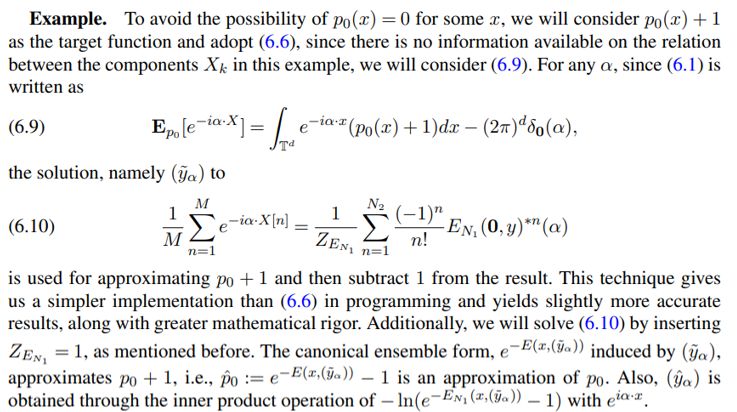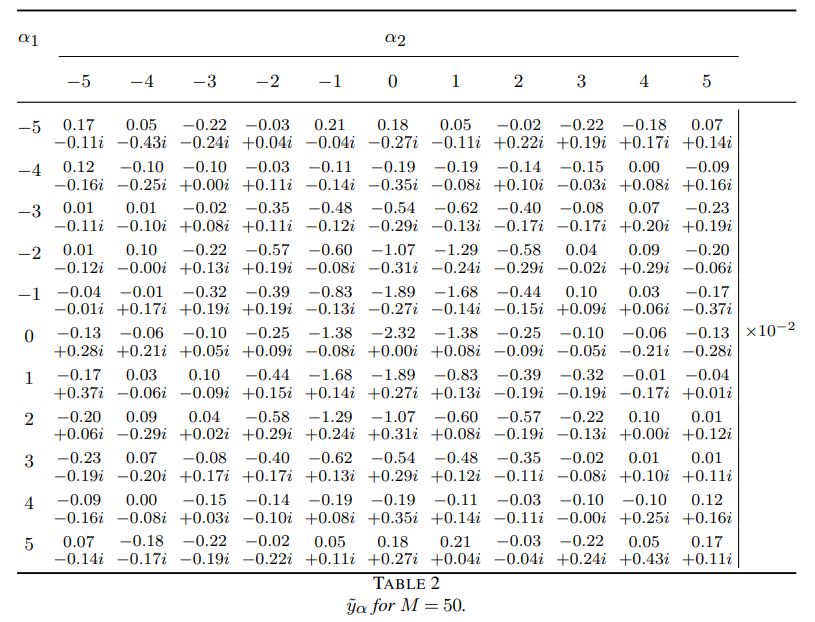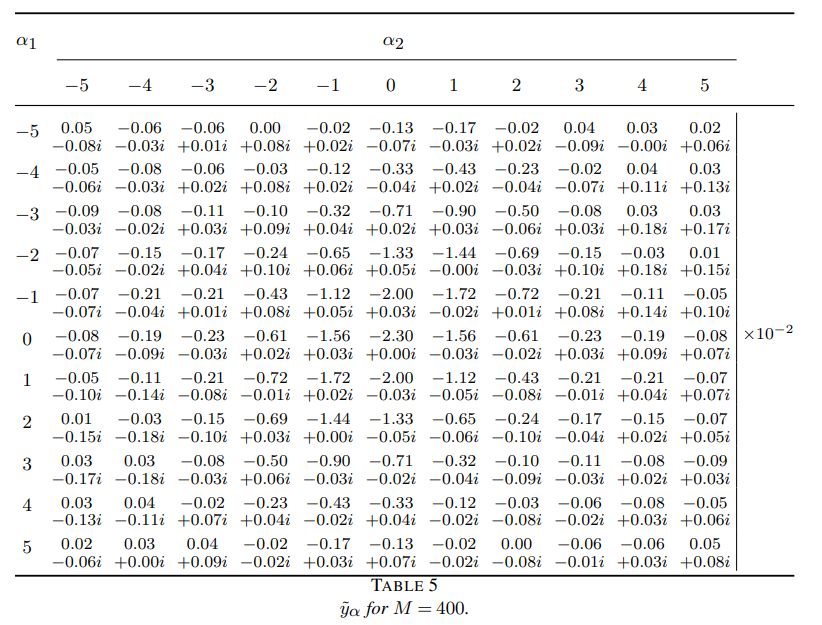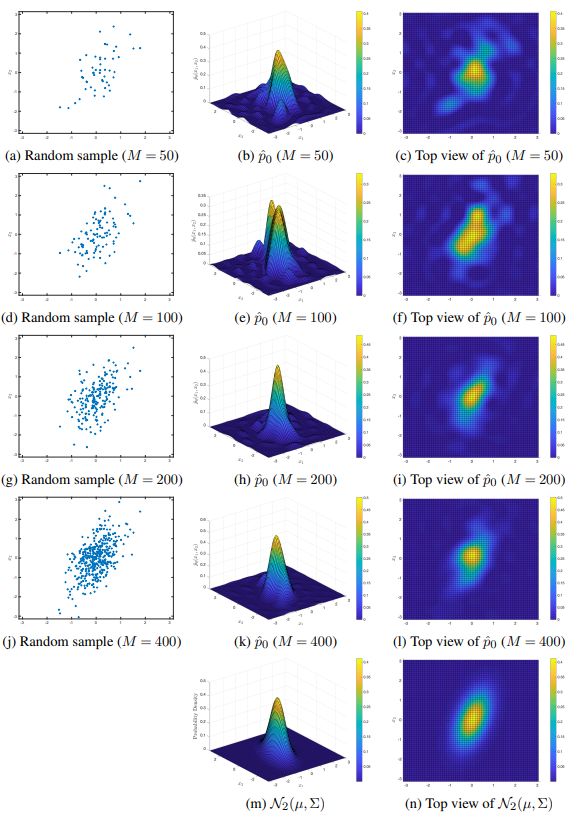This paper is available on arxiv under CC BY-NC-ND 4.0 DEED license.
Authors:
(1) U Jin Choi, Department of mathematical science, Korea Advanced Institute of Science and Technology & ujchoi@kaist.ac.kr;
(2) Kyung Soo Rim, Department of mathematics, Sogang University & ksrim@sogang.ac.kr.
Table of Links
- Introduction
- Organization and notation
- Problem Setting and Preliminaries
- Generalized Wiener algebra and Fréchet derivative
- Characterization of coefficients
- Coefficients from an ergodic process
- Conclusion & References
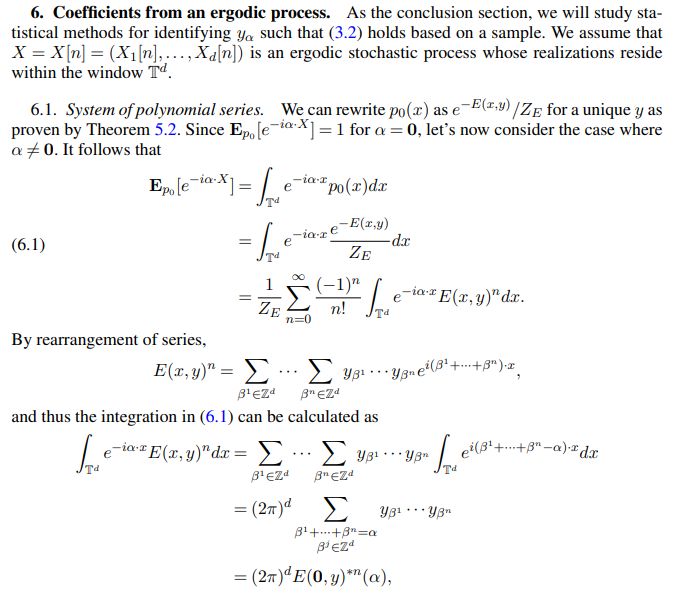

The left-hand sides of the equations (6.4) and (6.5) depend only on X, while the right-hand sides are comprised of sums of homogeneous polynomials in the components of y. Therefore, the equations reveal themselves as algebraic systems of polynomial series in the components of y. We summarize it as follows, in which the result does not assume a statistical model for the unrevealed PDF.

In the following subsection, we will use a random sample drawn from the bivariate normal distribution as a hidden PDF to verify the numerical approximations.

Two systems of (6.6) and (6.7) are composed of linear combinations of homogeneous polynomials. There have been many research results to approximate their solutions, and there are various algorithms available ([16, 17, 20]). In this experiment, we use the solve () function in MATLAB to find the solution. Finally, we demonstrate the feasibility of the methods presented with the following numerical results.
